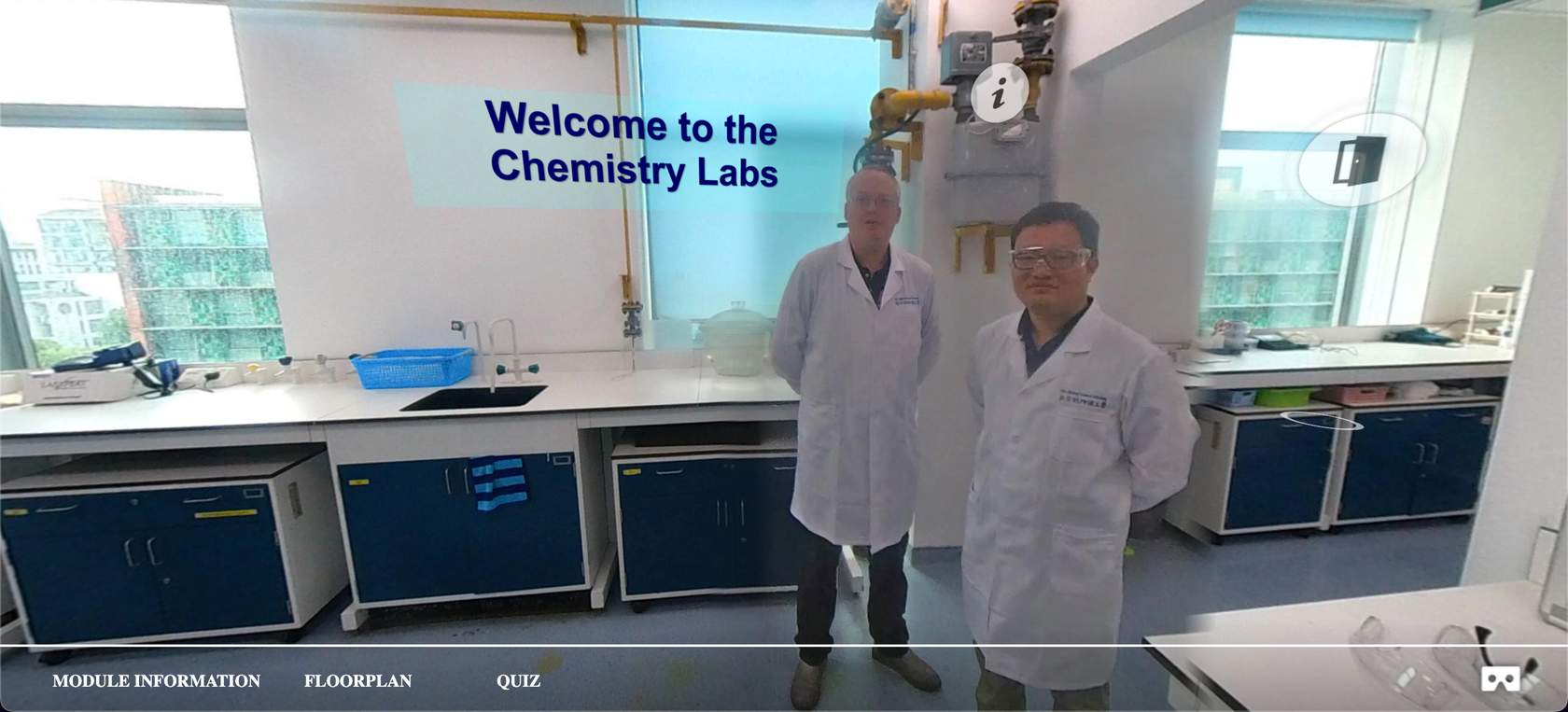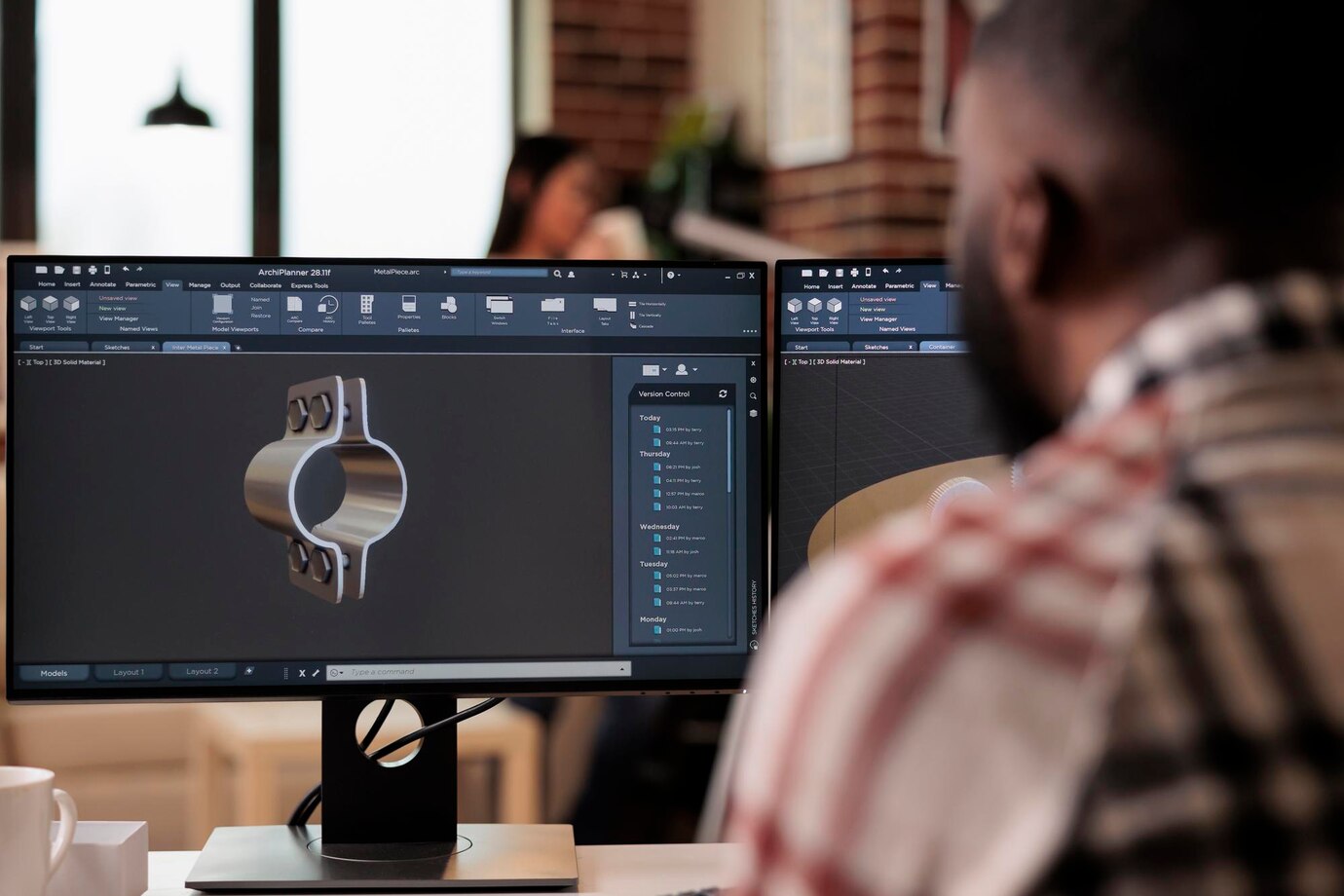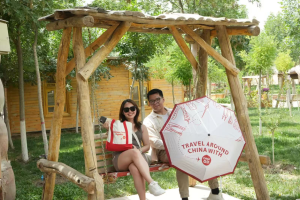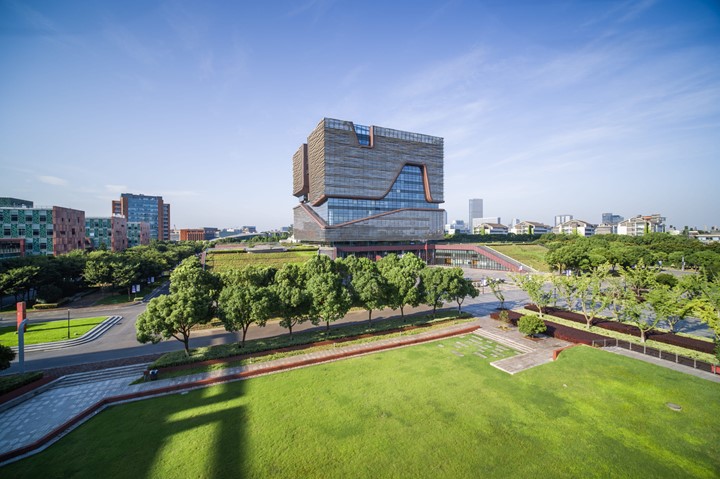Key Points
The Peer Assessment activity provides an opportunity of:
The 3dvista Virtual Exhibition provides an opportunity for:
- Students to engage in complex lab experiments while off-campus
- The use of video to explain various aspects of the experiment
- Exercises and quiz questions to be incorporated into the virtual experiment
- Students to repeat the lab exercises in their own time for preparation with their coursework reports

Case Details
Experiments are an important aspect of teaching chemistry. We wanted to design an online platform for our students to help them become more familiar with the teaching lab and setting their own experiments.
However, during the last semester, almost all of us were locked down at home due to the pandemic situation and it was very difficult to conduct chemistry experiments on-site. Moreover, it was very difficult for students to fully understand what was happening in an experiment and what conclusions could be drawn from a lecture alone. Therefore, we converted all of our experimental lab sessions online to virtual lab projects.
Using this method, we launched four virtual lab projects for four different chemistry modules, which were all related to conducting experiments. In each session, we used 360-degree camera photos, together with detailed photos of the experimental devices and equipment, as well as provided video attached to each photo. This meant the students were able to zoom in to certain branches and watch the individual experimental videos. We also supplemented these with very important and useful texts about the experiment. Students were then expected to complete a number of quiz questions about the experiment to test their understanding and receive scores.
Virtual images of the instructors were placed inside the 3D laboratory and students were able to navigate and move about the lab by clicking buttons on the floor.
Several experiments could take up to an hour or more to complete, so it was quite difficult to convert them into online activities. Therefore, this is still an active project among our team.
In addition to creating the virtual labs, we also provided lab manuals for the students to read before starting and refer to during their experiments.
So far, we’ve been running the online labs for just two months, so it’s been difficult to gather extensive feedback. However, some have already provided positive responses. With the help of the virtual labs, not only are our overseas students able to access our virtual chemistry labs but also on-site students can prestudy the experiment from home prior to working in the actual lab. They can also review the procedures as well later on for writing their reports.
I think in the post-covid period, it’s very important for instructors to develop online teaching platforms more. We converted most courses to HyFlex style, especially experimental-based aspects. This was insufficient, so we had to think more deeply about how to convert something as complex as chemistry experiments into an online Learning Mall project. More science education tools should be developed in the future.
Considerations should be made from the perspective of not only the instructors but also the students. Sometimes, lecturers think that what we’re teaching is quite straightforward, but actually, from the student’s perspective, they are not very familiar with the topic or the equipment being discussed. So, I think the teachers need to communicate closely with the students and try to identify problems and solutions. Co-creating materials with students may also be a good idea.
We have four different modules, and each module takes around one or two weeks, so approximately two months in total. The videos take a long time to prepare, shoot, and edit. Furthermore, preparation of the text and questions in a very clear and brief manner takes quite a long time. And, of course, setting up the chemistry labs themselves also takes considerable time. Therefore, co-creating the materials with students may save some time.
Technological Toolkit

To view more information, please click here.





Overview
Dr Meng Ding, along with the Head of the Chemistry Department, several colleagues from the Chemistry Department and the Learning Mall, recreated their chemistry teaching chemistry labs using 3dvista and a 3D panoramic camera.
3dvista Virtual Tour Pro is an online application that enables the creation of interactive 360-degree virtual exhibitions and tours. It can be used to develop virtual teaching and learning environments through 3D panoramic photography, (floor) hotspots allowing navigation, documentation, and interactive quizzes. It can also be integrated into popular learning management systems like Moodle, Canvas, and Blackboard.
Click to visit the virtual lab ☞ https://cloud.3dvista.com/hosting/76(opens in a new tab)